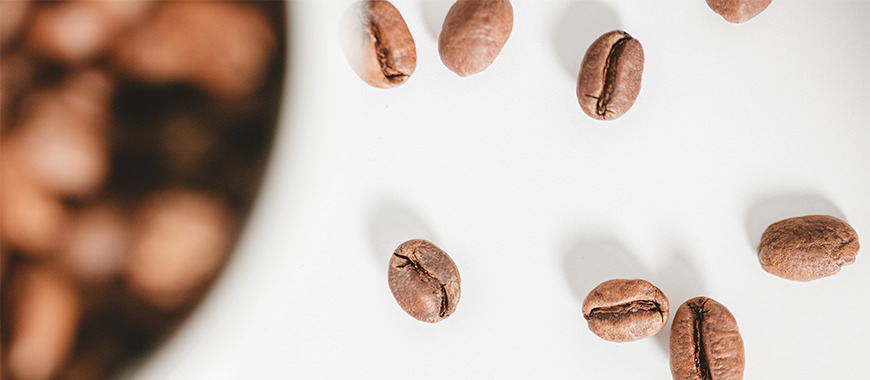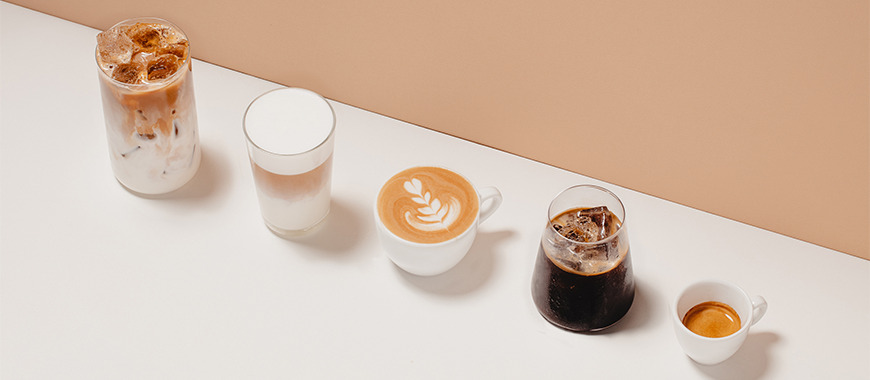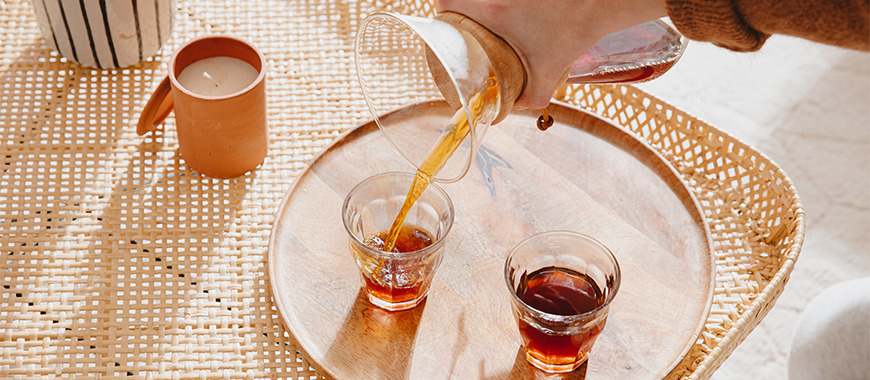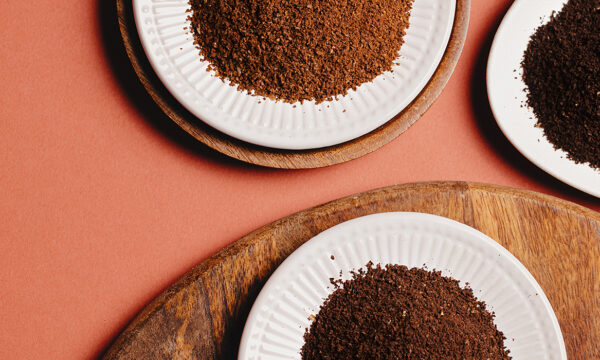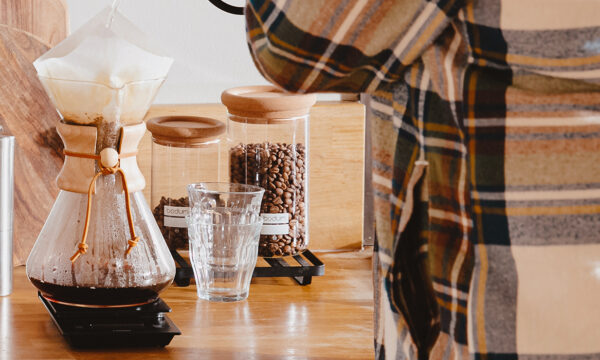
- Home
- The ultimate guide to choosing your coffee
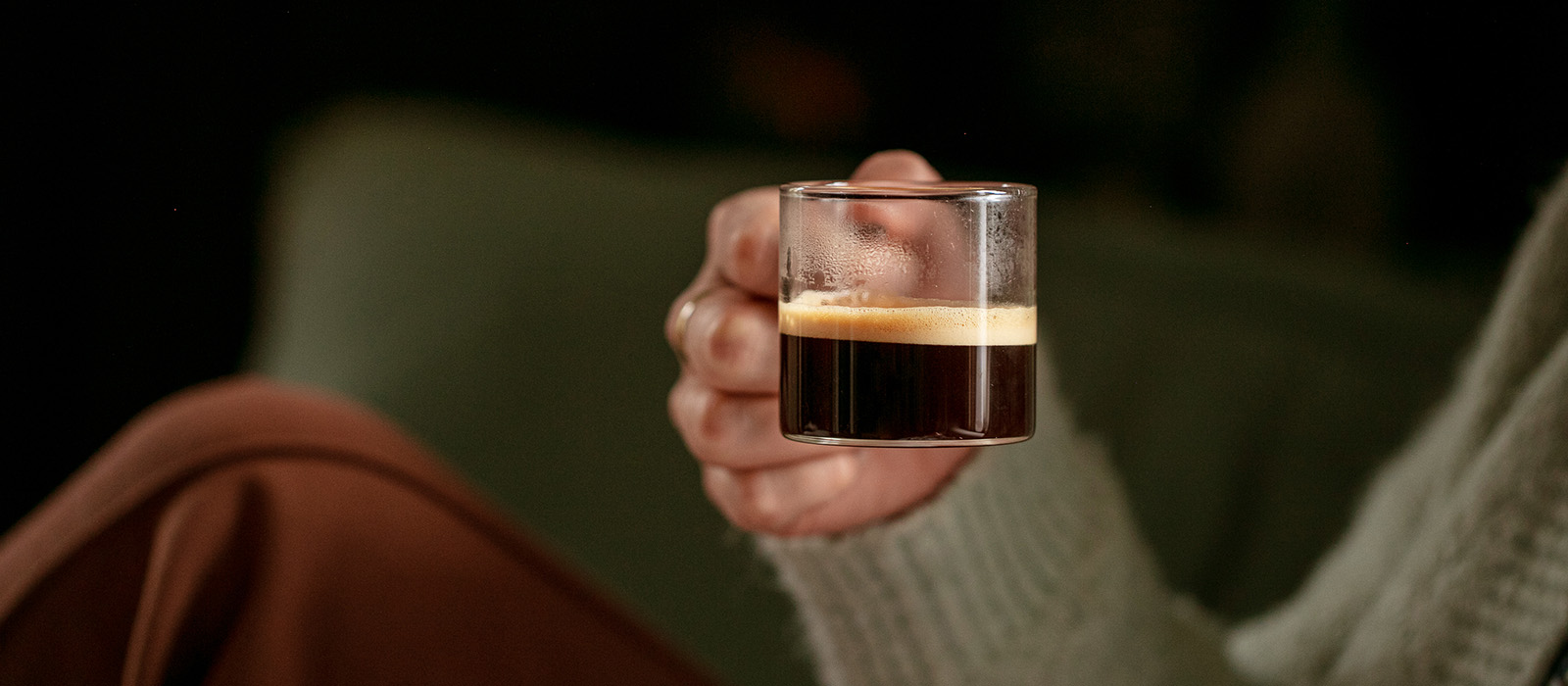
The ultimate guide to choosing your coffee
Written by Jordan
Reading time 7 minDo you like coffee, but feel a bit overwhelmed with all the different options? Between the different varieties, origins and roasts, there’s lots to consider. To help you choose the right coffee for your needs, here’s our ultimate coffee guide: from its history to its roasting process and all the different varieties.
History of coffee
The exact origins of coffee are still not quite clear. The first crops are said to have originated in Ethiopia and quickly spread to Yemen. According to legend, a shepherd named Kaldi accidentally discovered coffee when he spotted his goats acting strangely after eating the berries of an unidentified plant. He decided to share this intriguing little fruit with the neighbouring monks, who with a gesture of disapproval threw the branch into the fire. The sweet smell of the coffee cherries made them take a closer interest. After successfully extracting a delicious beverage from them, coffee was introduced to the community and helped the monks to stay awake for their late-night prayers. Initially consumed by local populations, coffee gradually spread to the rest of Africa. The Dutch introduced coffee to Europe in the 17th century. The drink became fashionable and coffee soon became part of the cargoes of the major European shipping lines. Demand was high in France, Italy, the UK and the Netherlands, as well as in America. This was the start of coffee’s globalisation.
Producing countries
Today, a large number of former colonies of European countries grow coffee throughout the world. Brazil by the Portuguese, South and Central America (Colombia, Mexico) by the Spanish, overseas territories (Bourbon Island, now Réunion Island) and West Africa by the French.
Coffee basics
Varieties
Coffee is the fruit of the coffee plant, of which there are several varieties. Worldwide, two varieties share the limelight: Arabica and Robusta. Between them, they account for almost all the world’s production and consumption.
Arabica
Arabica is the most widely grown and consumed coffee in the world. Originally from the Arabian Peninsula (from which it takes its name), this plant now grows in many African countries (Sudan, Ethiopia, Kenya), as well as in South America (Brazil, Colombia, Mexico). Arabica is known for its delicate, sweet notes and low caffeine content. We often use it to make espressos or filter coffees, also known as slow coffee.
Robusta
Robusta is the world’s second most popular coffee. However, in terms of production, it only accounts for a third of Arabica. Also native to Africa, we can find Robusta in the Ivory Coast and Uganda, as well as in Asia, in countries such as Vietnam and India. Robusta is considered stronger, fuller-bodied and more bitter than Arabica. In Italy, it is particularly favoured for very strong espressos and ristrettos.
Other varieties of coffee
Of course, there are other varieties of coffee all over the world. In Indonesia, we find Kopi Luwak, a very rare and expensive coffee, produced from coffee beans defecated by civets. We can also include Liberica and Huehuetenango in this non-exhaustive list. Both of these coffees offer a unique tasting experience, even if they account for a smaller proportion of global production.
Roasting
You can’t talk about coffee without mentioning the roasting process. While every stage, from plant to cup, is important in delivering that perfect coffee, roasting is one of the most well-known. But why? Green coffee must be cooked before consumption. It is during the roasting process that the coffee’s aromatic profile takes shape. The longer the roasting time, the more the coffee loses acidity and gains bitterness. Toasted, smoky and caramel notes then begin to emerge. Conversely, the lighter the roast, the more acidic the coffee and the more floral and fruity the notes. In this case, the expression of the original terroir takes on greater importance, as it is less masked. There are 5 roast levels: very light, light, medium, dark and very dark. In general, we use very light to light roasts for filter coffees or slow coffee, and dark roasts for espressos.
Terroir
Just like in wine, the ‘terroir’ plays a part. The soil, climatic conditions, and geographic region where the coffee is grown are all referred to collectively as ‘terroir’. It has a direct impact on the taste and character of the coffee. For example, an Arabica from Colombia will not have the same aromas as an Arabica from Kenya. Indeed, coffee can grow in a wide variety of soils: volcanic in Brazil, Cameroon and Central America, alluvial in Madagascar or clay-siliceous in the Ivory Coast. What’s more, the coffee plant can grow at various altitudes, sometimes as high as 2,000 metres in the case of Arabica, and even higher for Robusta. Climatic conditions such as ambient temperature and rainfall can therefore vary widely. This is why, depending on the terroir in which they’re produced, coffees have different flavour profiles. Colombian Arabica is fruity and slightly acidic, Kenyan Arabica is mild and aromatic, and Ethiopian Arabica is either full-bodied or mild, depending on the growth region.
Processing method
Lastly, a coffee’s processing method will also have an impact on the flavour profile. Whether dry (naturally processed coffee beans), wet (washed coffee beans) or even honey processed, these factors can go a long way in producing a quality cup of coffee.
Types of coffee
Coffee is the second most widely consumed drink in the UK (after tea). Millions of people enjoy coffee, and there’s really something for everyone. It all depends on how you prepare it. Let’s take a look at a few of the different types! Espresso is the most well-known of them all. This is a short black coffee made from Arabica, Robusta or a blend of the two. Purists will usually stick to Robusta for its full body and bitterness. Espresso is the basis for many recipes. This is the case for example in a double espresso (‘doppio’ in Italian) or in a ristretto. The former contains twice as much coffee as an espresso for the same amount of water while the latter contains half as much water for the same amount of coffee. Both of these types of coffee tend to use Robusta for an intense flavour experience. For those who prefer a milder beverage, you can add milk, milk froth, cream or even chocolate to your espresso. By adjusting the amounts of each part, you can make a cappuccino, latte macchiato, mocha, flat white or caffè macchiato. Here too, Robusta works particularly well, as it balances the sweetness provided by the milk. Arabica, on the other hand, is perfect for making coffee drinks such as Americanos, which are made with espresso and hot water. Tasty coffee recipes such as Viennese coffee, Irish coffee or Affogato are also suitable for Arabica, but it’s all a matter of taste. Don’t hesitate to try different varieties to find the perfect coffee for you!
Our coffee tips and selections
At MaxiCoffee, we’re committed to offering you a wide range of coffees to suit all tastes and desires. That’s why we’ve selected 4 coffees that showcase the variety offered by this delicious bean.
Italian coffee
Perléo Espresso ‘Arabica Purissima’ Coffee Beans This 100% Arabica is a concentrate of intense aromas. Its Italian-style roasting gives it a dark colour and full-bodied notes, ensuring a balanced, aromatic coffee in the cup.
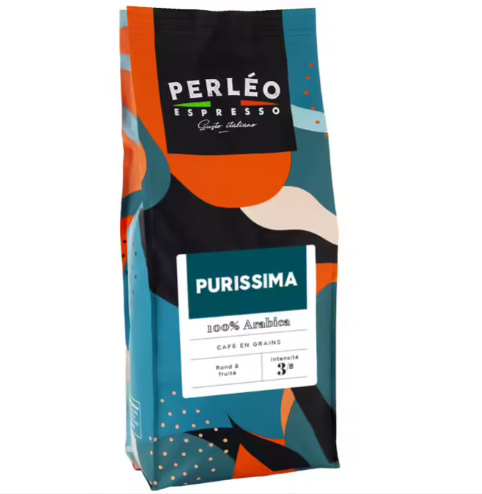
Coffee beans – Purissima – Perleo Espresso (1 kg)
- Notes : Toast, dark chocolate, candied fig
– Dark roast
– 100% Arabica
Organic coffee
Green Lion Organic ‘Moka Baraka’ Coffee Beans This blend of organic Arabica beans is ideal for filter coffees. The result is a gourmet coffee with floral and fruity notes, marked by aromas of yellow fruit and citrus.
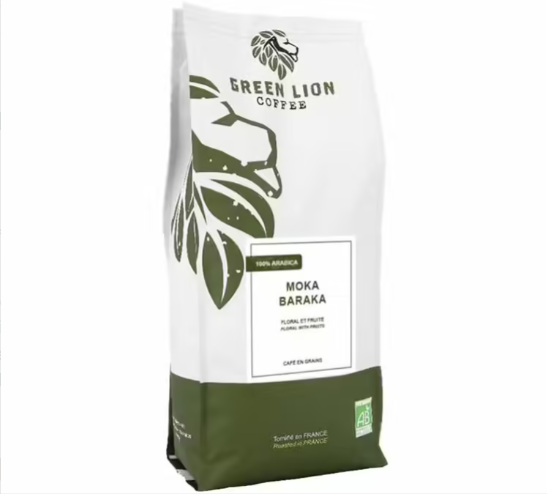
Coffee beans – Moka Baraka – Green Lion Coffee (1kg)
Notes : floral and yellow fruits
Packaging: 1 kg package
Specialty coffee
Cafés Lugat Huehuetenango Coffee Beans Discover a speciality coffee from Guatemala, roasted in France. Perfect for espressos, this coffee offers gourmet notes of cardamom, nutmeg and dark chocolate.
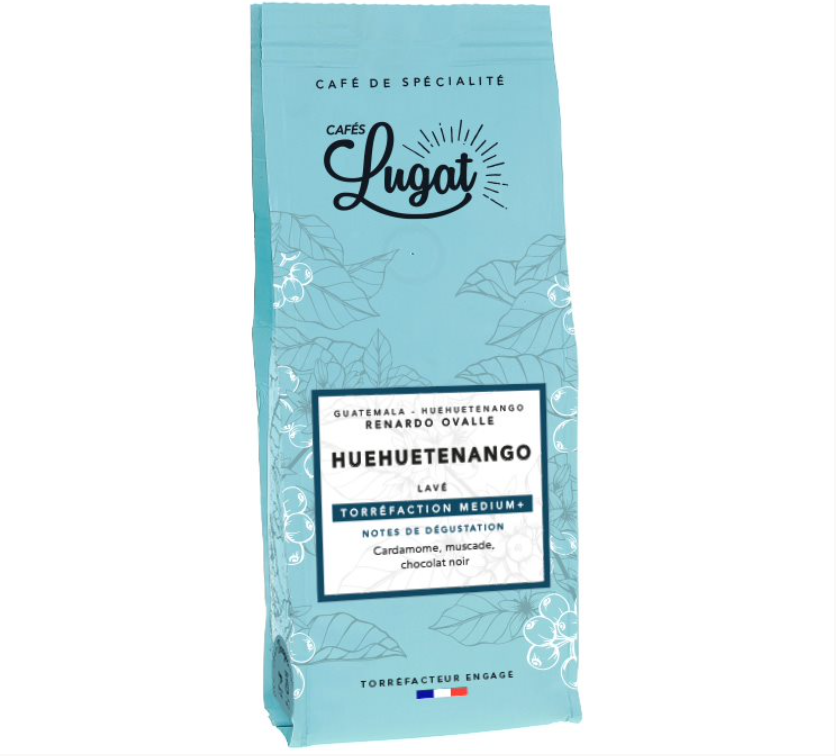
Coffee beans – Huehuetenango – Cafés Lugat (250g)
– Notes: cardamom, dark chocolate, nutmeg
– Origin: Guatemala
– Packaging: 250g pack
Flavoured coffee
Maison Taillefer Hazelnut Flavoured Coffee Beans For those of you with a sweet tooth, here’s a flavoured coffee that’ll instantly win you over. The blend of Ethiopian moka and hazelnut is delicious. A truly gourmet coffee tasting experience.
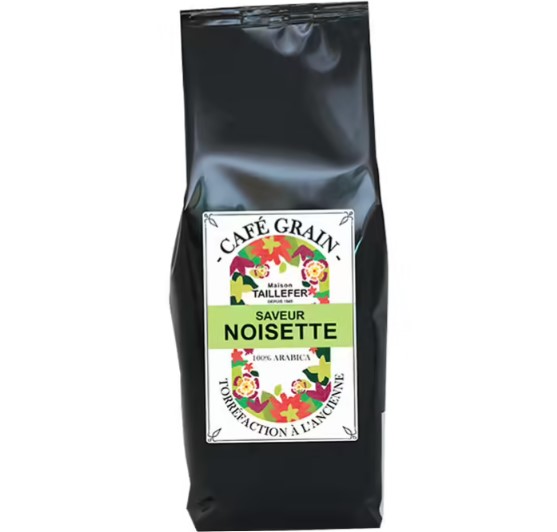
Coffee beans – Hazelnut Flavour – Maison Taillefer
-Notes : hazelnut flavour
-Origin: pure origin
-Packaging : 1kg pack
Tasting set
Cafés Lugat Coffee Bean Selection Box Still looking for that perfect coffee? With this selection box, you can try 4 different coffees and decide for yourself! Arabica, Robusta, a blend of the two, and a variety of roasts: try them all!
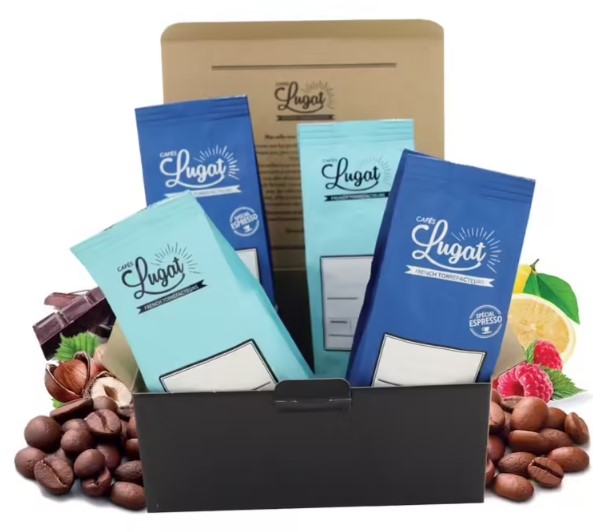
Coffee Beans – Selection Box – Cafés Lugat (4x250g)
– 4x250g coffee beans
– Discover 2 fruity coffees & 2 gourmet coffes
– Roasted in France
You now have a clearer idea of how to choose your coffee! It’s up to you to go make that perfect cup. Check out our other articles if you need more guidance.
Discover all of our articles
